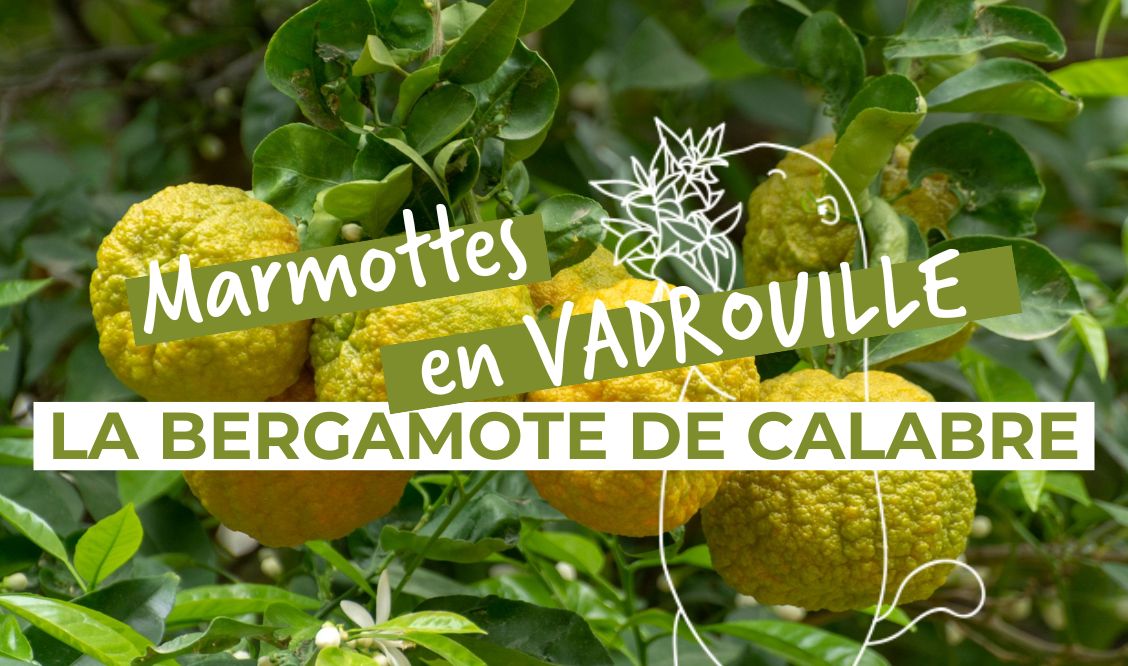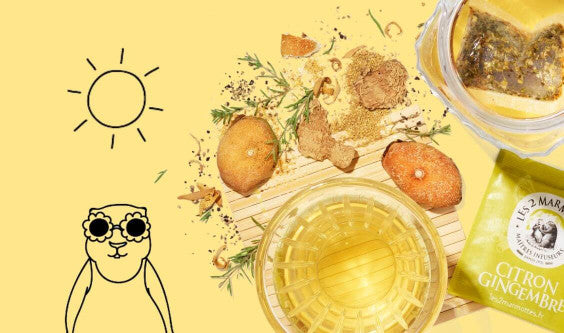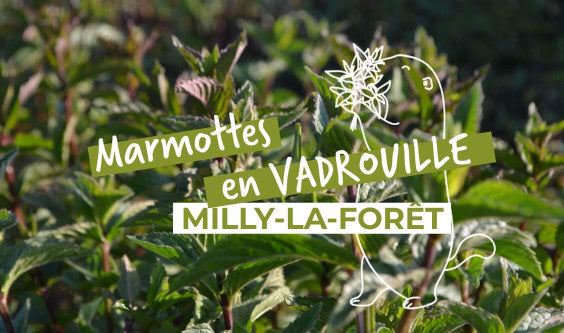Before it can be quietly infused in your cup, your favorite tea has grown, traveled, matured, oxidized, been sorted, selected, dried, cut, sieved, and sometimes roasted just for you. We'll tell you everything about tea making ...
Once upon a time, there was a sacred shrub, the tea plant.
From China to Kenya, via India, Sri Lanka, and even Turkey, people began to cultivate it for its renowned leaves. Its cultivation resembles a forest composed of thousands of small, bushy trees that do not exceed 1.5 meters.
Pampered to encourage bud growth, tea plants are pruned to remain vigorous shrubs! To become the king of this miniature forest, the tea plant also needs warmth, humidity, altitude, light, and deep, loose soil on a gentle slope.
The tea plant is a school of patience. To harvest the leaves, you have to wait 4 years, during which the tea plant will be pampered.
After 5 years, it's finally here: we can finally harvest the young shoots by hand.
Rolled up on themselves, these little tea leaves are undoubtedly far from imagining their fragrant destiny.
Then comes what is called the withering of the tea leaves: spread out on racks, they can begin to dry gently in the open air.
Depending on the type of tea, this stage will be more or less long: for so-called oxidized teas (black, red or oolong), withering will be longer than for green teas .
Once dried, the tea leaves are rolled. The goal? To awaken the tea to facilitate its oxidation. This contact with oxygen is what makes black tea unique: without this key step, the tea will not reveal all of its well-known aromas.
For green teas and white teas, we will skip this step and go directly to the drying stage.
To stop their oxidation at the right time, the tea leaves are dried: to be at their best and to have the best aromas, they must retain only 2 or 3% water.
There are several ways to achieve this: sunbathing, in lazy mode, or mechanical drying with a fan that diffuses hot air, in foehn storm mode!
Consumed since the end of Antiquity on the Asian continent, tea has become accustomed to traveling.
In Europe, it arrived during the Renaissance on the tables of our English neighbors before conquering the United States and then Russia.
As the whole world loves it, its cultivation is spreading, which allows us today to be spoiled for choice.
At Les 2 Marmottes, we select our organic tea leaves directly from the plantations to be sure and certain of having top-quality tea.
Carefully selected and checked several times, the black and green tea leaves arrive at our Bons en Chablais workshop .
But their journey doesn't end there! As true tea creators , our master brewers will come and add their two cents...
Flowers, fruits, petals, plants: they will compose all the Les 2 Marmottes tea recipes in our workshop. Once in the tea bag and in the box, they will just have to join your favorite mug !
To keep all the qualities of your favorite tea, all you have to do is follow these tips for storing tea.
Organic Marmot Teas




